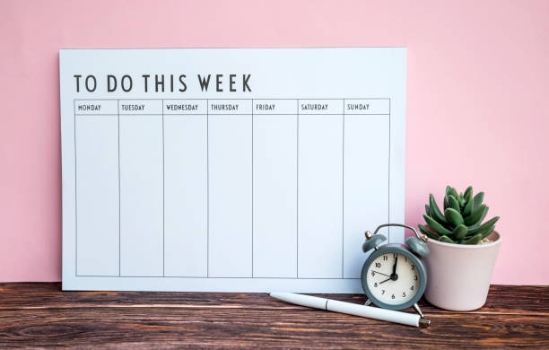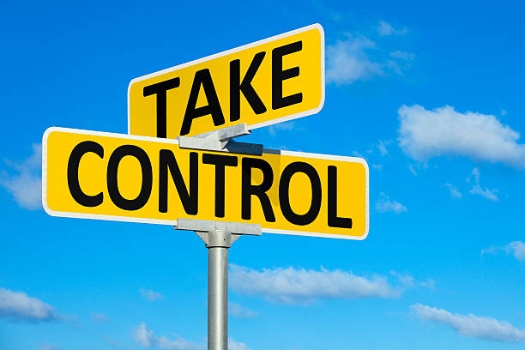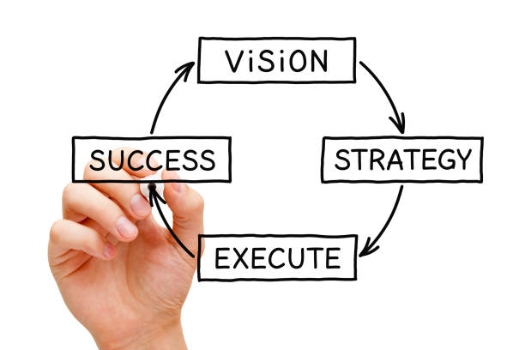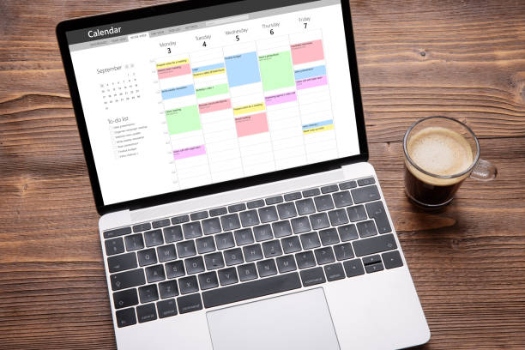A Daily Routine Can Help You
Over the past several weeks we’ve been going through the Hero on a Mission online course. This is one of the courses offered by Business Made Simple University designed by Donald Miller. These online courses are great for helping small businesses.
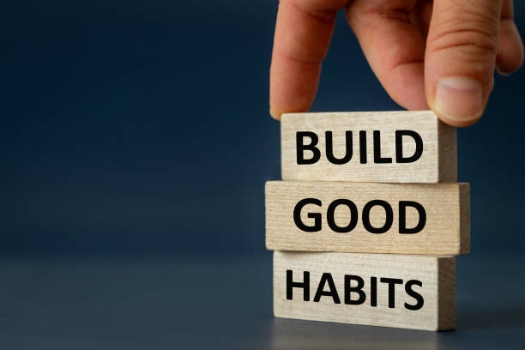
I’ve taken this course before, but to reinforce my business, I’ve gone through it again as a refresher. The Hero on a Mission course shows the importance of having a life plan and incorporating it into your daily routine.
Routines are regular procedures, chores, or duties done at specific intervals. We are creatures of habit and routines will happen to some degree (even if they are unplanned). The key is to not let your routines be unproductive or random.
A routine requires intentional action.
Too many people live their lives mired in regret. They leave things up to fate, wondering why their life feels so meaningless. We shouldn’t give fate control over our lives.
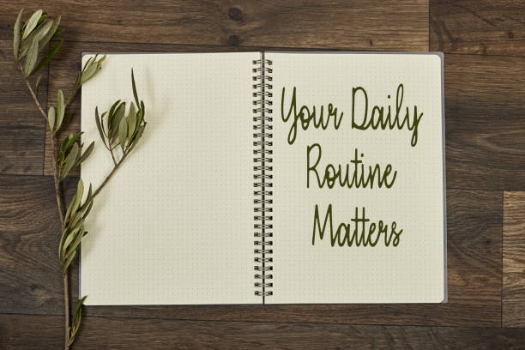
Having a life plan and routine for implementing that plan is how you can take control. An intentional, daily routine will help you focus and stay on track.
A routine can be as simple or as detailed as you want it to be. We’re all different and what works for one person may not work for another.
I’m a detailed person and I like having control, so my routine is a little too intense for some people. My routine is broken into three parts: morning, midday, and evening. The morning actions help me get a clear plan and focus for the day on the things that are the most important to me. The midday portion is a break from the chaos and a recentering. The evening is an opportunity to look back at the day and review.
I use a combination of an Outlook calendar and OneNote action lists for my daily routine.
My daily routine overview:
Morning routine – I start my day with making a pot of coffee and taking a shower to wake up. Then I read my Bible, have prayer time, read the Traveler’s Gift Daily Decision, journal, pack my lunch, review the plans for the day, check emails. Then I review the day’s action list, my calendar, and the action lists for business planning, administration, finances, production, sales, and marketing.

Midday routine – This routine is shorter. It involves eating lunch, watching or listening to something educational, reviewing the Scripture of the day, and journaling.
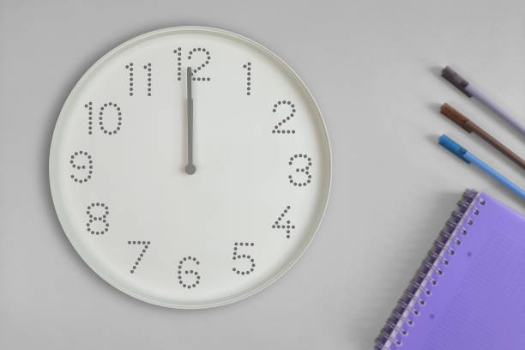
Evening routine – I review the weekly action plan, the day’s action list, the calendar, and the action lists for business planning, administration, finances, production, sales, and marketing. I read the Traveler’s Gift Daily Decision, check my emails, journal, and pray.
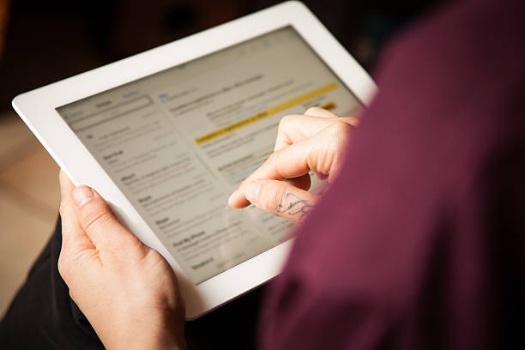
This is a brief overview of my routine. Next week, I’ll break it down into more detail, the tools I use, and how I use them.
Do you have a daily routine?
Whether you’re looking to improve yours…
or would like to create one…
I can help.
Set up a free 30-minute consultation and let’s get started building your daily routine.

